Line number 70 Maximum speed 80 2.6 Kočna | Line length 129 km/82 mi 0.0 Jesenice 4.8 Vintgar | |
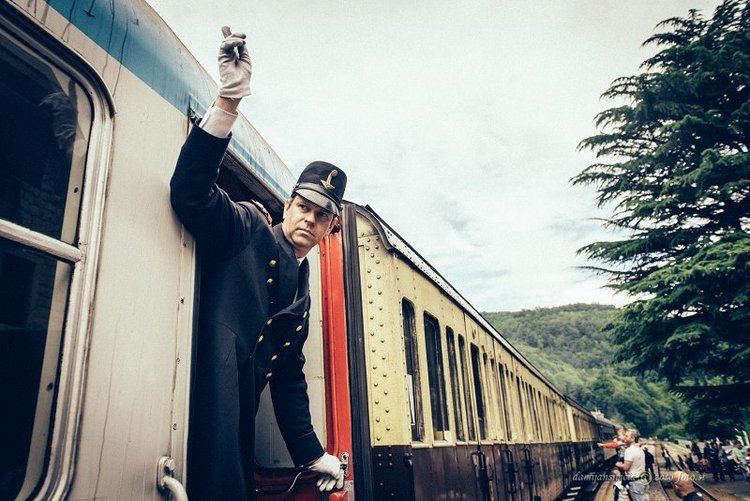 | ||
Bohinj railway slovenia
The Bohinj Railway (Slovene: Bohinjska proga, Italian: Transalpina, German: Wocheiner Bahn) is a railway in Slovenia and Italy. It connects Jesenice in Slovenia with Trieste in Italy. It was built by Austria-Hungary from 1900 to 1906 as a part of a new strategic railway, the Neue Alpenbahnen, that would connect Western Austria and Southern Germany with the then Austro-Hungarian port of Trieste. The line starts in Jesenice, at the Southern end of the Karawanks Tunnel; it then crosses the Julian Alps through the Bohinj Tunnel, and passes the border town of Nova Gorica before crossing the Italian border and reaching Trieste.
Contents

During the First World War, it carried the majority of Austrian military supplies to the Isonzo Front. Due to new political divisions in Europe, with the dissolution of Austria-Hungary into separate states in 1918 and the isolation of communist Yugoslavia after 1945, the railway decreased in importance during the twentieth century. However, Slovenia's accession to the European Union has created new prospects for the railway as a convenient passenger and freight route from Central and Eastern Europe to the port of Trieste.
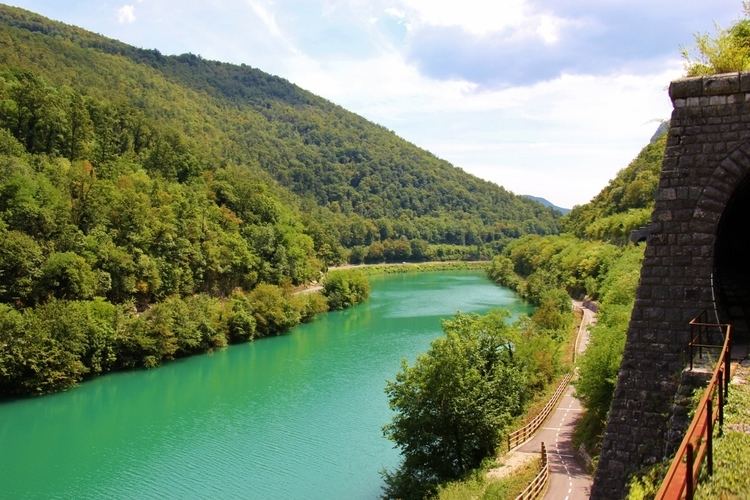
Distinctive features of the railway are the 6,339 metre-long Bohinj Tunnel under 1,498 meter high Mount Kobla and the Solkan Bridge with its 85 meter wide arch over the Soča River.
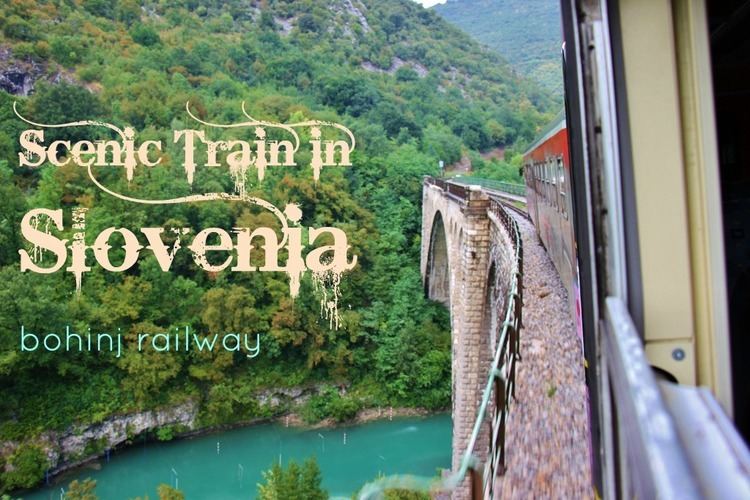
Names
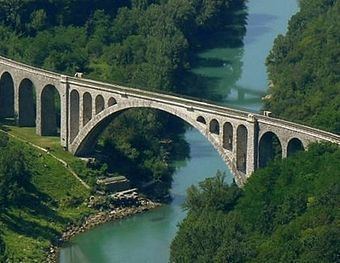
The political decision

In 1869, the Trieste Chamber of Commerce had sent a petition to the Emperor Franz Joseph, in which they argued that the opening that year of the Suez Canal would indubitably lead to further development of Trieste, the main port of the Austro-Hungarian Empire; therefore, a second railway line to Vienna or the northern parts of Austria would be needed to support increased maritime traffic, in addition to the existing Austrian Southern Railway. The discussion regarding the path that new railway would take was however not easily settled, and would actually lead to a " nearly thirty year long war".
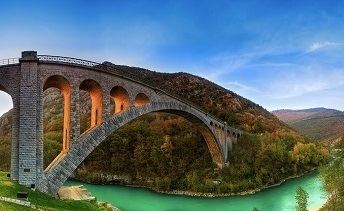
Only by 1901 was this dispute settled. On 12 February of that year, the Minister for Railway Affairs of Austria Heinrich Ritter von Wittek brought a bill to the attention of the Imperial Council (the Austrian parliament) for the construction of new railways and public investment in them. After approval by both chambers, the Emperor signed the bill into law on 6 June 1901.
Among other provisions, the law provided that the Karawanks and Wocheiner (now Bohijn) railways should be built by 1905 as main lines of the first rank. The cost of that railway was estimated at 103.6 million Kronen, by far the most expensive railway project in the law. That cost would be covered by the issue of government bonds.
To overhaul such a large project, the Minister named a Construction Director directly subordinate to him, the engineer Karl Wurmb. In 1905, both Minister Wittek and Wurmb would be subjected to parliamentary critic regarding the cost overruns incurred by the construction due to geological difficulties.
